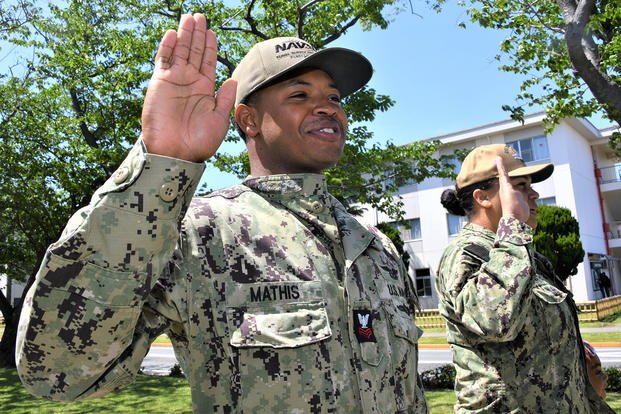A key feature of the military's Blended Retirement System is continuation pay, a mid-career bonus for those willing to commit to additional service. Unfortunately, some people miss out on their continuation pay bonus, because they don't know the ins and outs of the program.
According to Heidi Clemons of Managed Expectations, who is an accredited financial counselor and military qualified financial planner: "I worked with a handful of soldiers who either missed out or almost missed out on it."
Please note: Things can and do change, so confirm the latest instructions for claiming continuation pay with your branch.
What Is Continuation Pay?
Continuation pay is a mid-career bonus paid to service members willing to make an additional service commitment. Each branch gets to customize its program within an overarching framework. Continuation pay is available to active-duty, reserve and National Guard members.
When Do You Apply for Continuation Pay?
While the ability to apply for continuation pay is technically available between Years 8 and 12 of military service, the services have the authority to shorten this, so the application windows vary by branch.
It's important to note that your time in service is calculated using your Pay Entry Base Date (PEBD). If your service is anything other than a simple "entered the military and stayed in continuously," your 12th year may not come when you think it is going to come. Check your leave and earnings statement, and verify that information with your personnel folks.
You are no longer eligible to apply for continuation pay once you reach the 12-year mark. You might be able to request an exception to the policy if you miss the 12-year deadline, but don't count on that as your plan. Just apply within your branch's application window.
How Do You Apply for Continuation Pay?
Each branch of service has its own process for applying for continuation pay. For example, in the Navy, it is done via the Navy Standard Integrated Personnel System (NSIPS). The biggest problem seems to be that personnel staff aren't always familiar with the application process, so they don't give great instructions -- or they don't give any instructions at all. It's frustrating.
How Is It Paid?
You can elect to take your continuation pay in one lump sum, in two annual installments or in four annual installments. It is paid in the first pay period after you reach 12 years of service, no matter when you applied.
Just like any other bonus, continuation pay is taxable income. Therefore, it may impact your overall tax situation, including eligibility for credits such as the earned income tax credit or education credits. It is worth checking with a financial counselor or tax professional to make sure you aren't creating a higher-than-necessary tax liability with whichever option you choose.
What's the Best Thing to Do with Continuation Pay?
The best use of continuation pay will depend on your specific financial situation. One valuable option is to contribute some or all of it into your Thrift Savings Plan account. Just be aware of the annual limits on TSP contributions. Once you reach the limit for the year, you can't make any more contributions, which will mean that you stop getting the Blended Retirement System's TSP matching funds.
Whether or how much to contribute to TSP represents another aspect of continuation pay that a financial professional can help you map out. Financial counselors can be found on your installation or via Military OneSource.
What Do You Need to Do?
Keep on top of it. Don't miss out on money that you're eligible to receive due to paperwork or missing the deadline.
If you have served between eight and 12 years, this is the time to get familiar with your branch's rules and application process. If the first person you ask doesn't know the answer, keep asking until you find someone who does know.
Keep Up With Military Pay Updates
Military pay benefits are constantly changing. Make sure you're up-to-date with everything you've earned. Subscribe to Military.com to receive updates on all of your military pay and benefits, delivered directly to your inbox.





